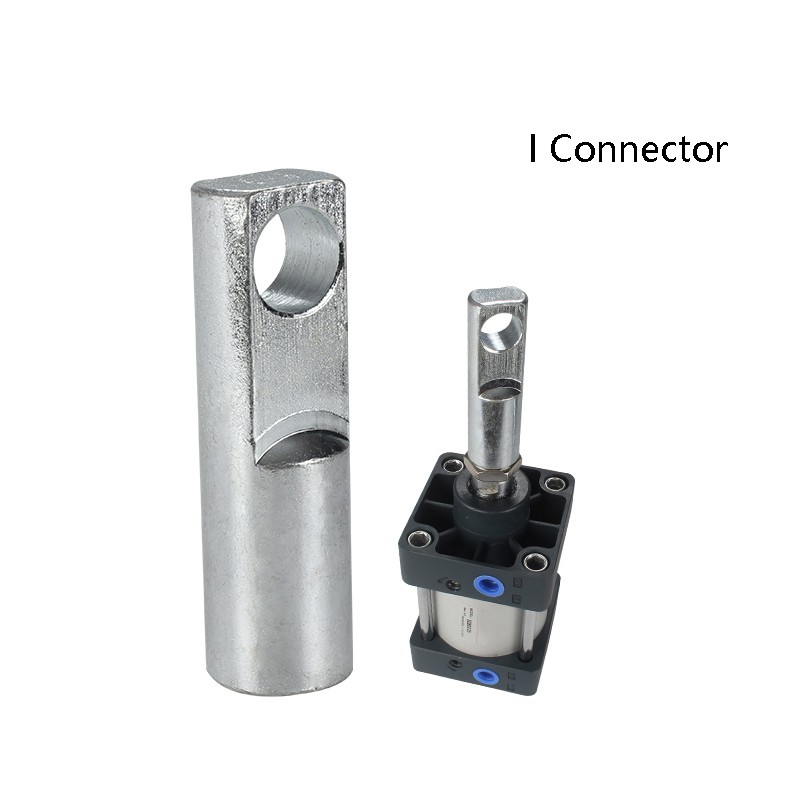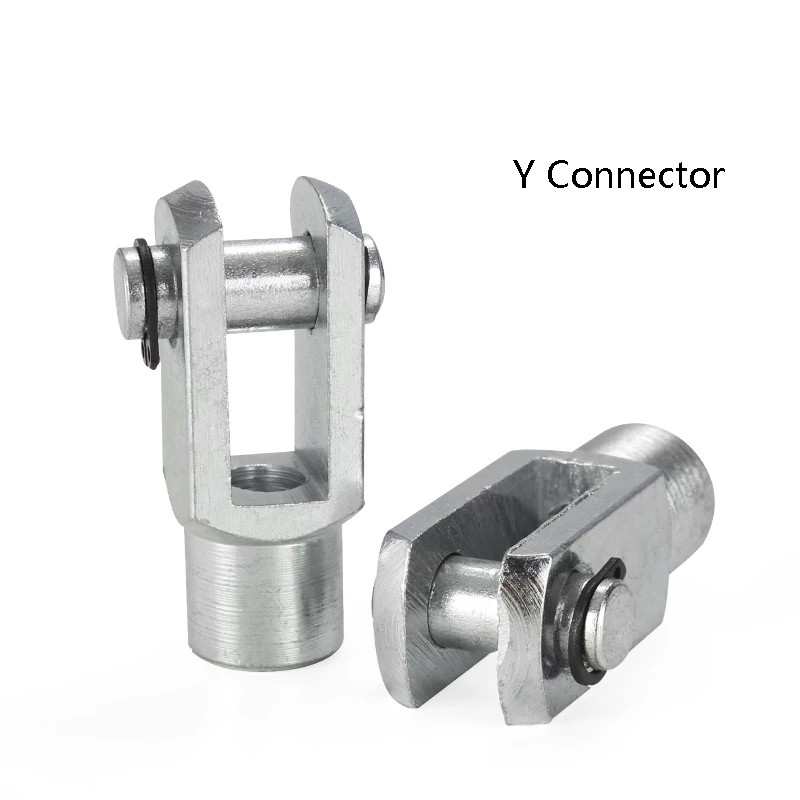Connector Threaded Joint
Threaded Joints in Plumbing: A Comprehensive Guide
In the realm of pneumatic and electronic product manufacturing, like that of RIH, understanding the intricacies of plumbing connections, especially threaded joints, is crucial. Threaded joints are fundamental components in various applications, including those in textile, chemical, mineral, electric power, and papermaking industries, where RIH's products are extensively used.
What is a Threaded Joint in Plumbing?
A threaded joint in plumbing is a type of connection where the threads on pipes or fittings are interlocked to create a seal. These joints are integral in systems where pipes need to be easily assembled or disassembled. RIH's expertise in manufacturing products like pneumatic fittings often includes the utilization of threaded joints for their versatility and reliability.
How to Fix a Leaking Threaded Joint?
Fixing a leaking threaded joint typically involves a few key steps:
- Disassemble the joint: Unscrew the components of the joint.
- Inspect and clean the threads: Remove any debris or damage.
- Apply thread sealant: Use a suitable sealant, such as PTFE tape or pipe dope, to ensure a secure seal.
- Reassemble the joint: Carefully screw the parts back together, ensuring they are tight.
This process underscores the importance of quality in threaded connections, a principle that RIH adheres to in its product range.
Types of Threaded Joints
Threaded joints in plumbing come in various forms, including:
- Nipple joints: Short pieces of pipe threaded on both ends.
- Union joints: Designed to allow easy disconnection without turning the pipe.
- Elbow joints: For directional change of the piping.
Each type serves a specific purpose and is selected based on application requirements, reflecting RIH's commitment to providing tailored solutions in pneumatic and electronic products.
Differences Between Threaded, Welded, Flanged, and Expansion Joints
- Threaded Joints: Characterized by their ease of assembly and disassembly, ideal for systems requiring frequent maintenance.
- Welded Joints: Provide a permanent and strong connection, suitable for high-pressure applications.
- Flanged Joints: Consist of flanges bolted together, offering ease of access and suitable for large pipe diameters.
- Expansion Joints: Designed to absorb thermal expansion or vibration in piping systems.
Each joint type has its unique features and applications, emphasizing the importance of selecting the right type of connection in product design and implementation, an area where RIH's expertise in pneumatic and electronic products shines.



